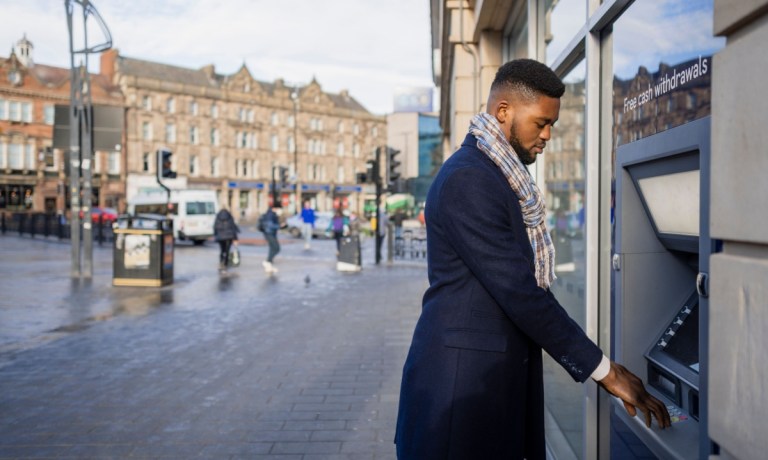Cash may not be king in the digital age, but the dollars and the coins are still essential.
Regulators and central banks, through new laws and research, have underscored the usefulness of financial institutions (FIs), merchants and other enterprises giving what we might term cash “choice” across various interactions. This is highlighted as banks are closing branches, or when various populations and households are navigating the demands of paying for goods and services.
The United Kingdom’s Financial Conduct Authority (FCA) has mandated that beginning Wednesday (Sept. 18), banks and building societies (another form of financial institutions) will need to examine how accessible cash is within the surrounding communities — and as ATMs and actual FI branches may be declining, they’ll have to take steps to make sure that that accessibility is still in place.
“Gaps in cash access could be filled with a range of measures, including banking hubs, ATMs (including deposit ATMs) and Post Office facilities. The FCA’s powers won’t prevent the closure of bank branches – but will have an impact where branch closures leave significant gaps in local cash access,” the regulators wrote in a news release announcing its mandate.
Cash is Still ‘Vital’
Added the FCA in a separate post: “While the increasing range of digital services and payments options can make life easier, for many, the ability to withdraw cash is still vital. Cash remains particularly important for consumers with vulnerable characteristics and many small businesses.”
The new rules also mandate that the banks and the building societies must keep branches and ATMs opening and functioning until there are alternative cash access options operational within those markets (such as mobile banking outposts).
Advertisement: Scroll to Continue
The rules come as the U.K. experienced a decline over two years (ending in June 2023) of 1,358 bank and building society branches and 4,450 ATMs. Research has shown that, per FCA data, “being in a low-income household (less than £15,000 a year) and having low digital capability or access has the strongest association with reliance on cash.”
Here in the U.S., the Federal Deposit Insurance Corp. noted in July that most unbanked households in the United States (equating to about 4.5% of households) are “cash only,” meaning they use neither prepaid cards nor nonbank payment apps such as Cash App, Venmo or PayPal.
Separately, the Federal Reserve found in its 2024 Diary of Consumer Payment Choice that “amid increased payments, cash’s share decreased in favor of credit and debit cards, but overall cash use has remained stable as consumers continued to hold more cash than they did before 2020 as both a store-of-value (up 53%) and in their pockets, purses or wallets as a backup payment instrument (up 23%).”
But there’s a divide here, the central bank found, as consumers younger than age 55 used cash for just 12% of payments in 2023, compared to 22% for those age 55 and older. On a monthly basis, consumers made an average of seven cash payments in 2023, a number that has remained stable since 2021, per the Fed’s data. Separate PYMNTS Intelligence data indicates that a truly cashless existence may be a ways off — as only about 19% of all consumers surveyed said that they do not carry cash at all.
In a sign of how digital wallets and other tech-enabled payment methods are taking root, the Fed estimated that consumers used mobile apps for 50% of person-to-person payments, continuing a widespread consumer transition away from paper-based payments.
“More than 90% of consumers intend to use cash as either a means of payment or store of value in the future,” said the Federal Reserve.

